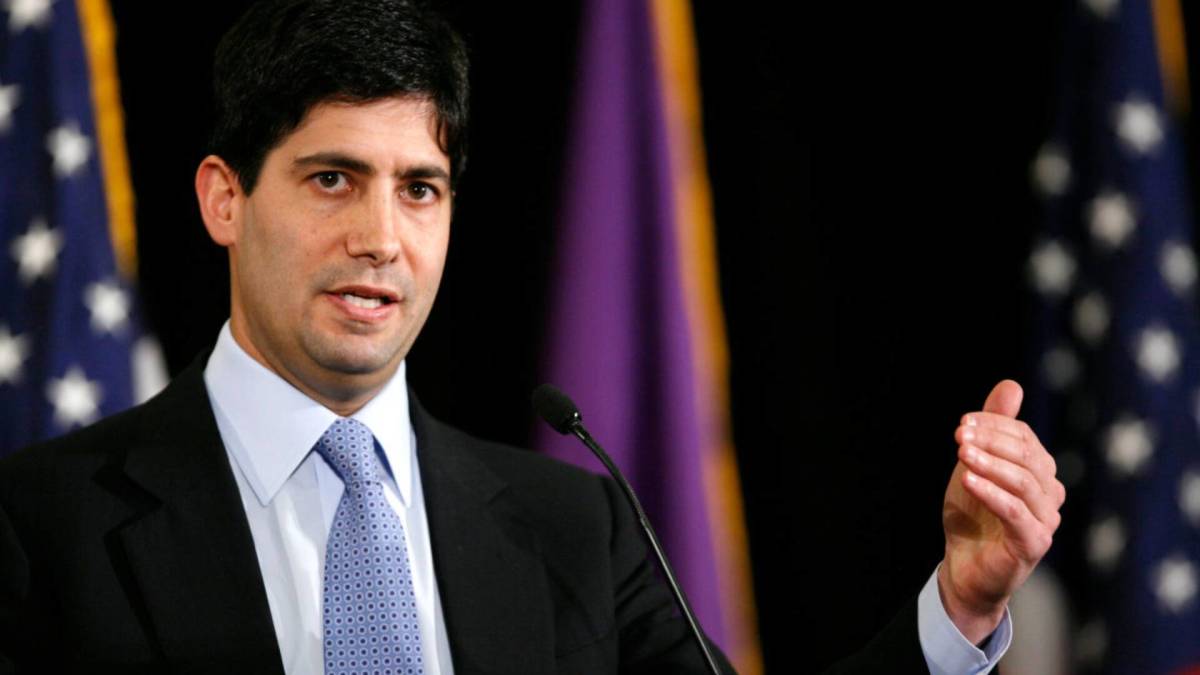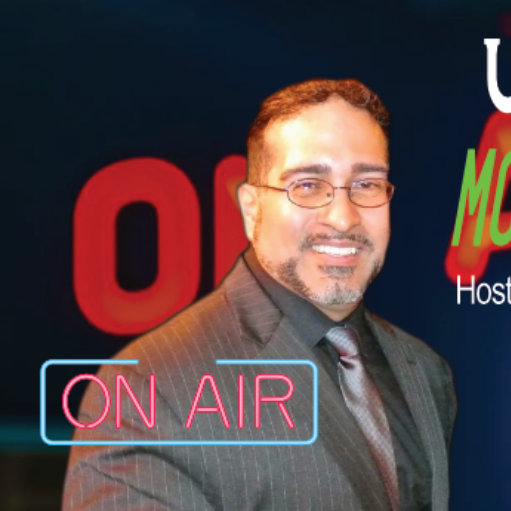Your family’s money woes have caught the attention of at least one prime-time economist.
A former Federal Reserve official proposes to lower the high interest rates you’re paying for mortgages, car loans and credit cards.
💵💰Don’t miss the move: Subscribe to TheStreet’s free daily newsletter💰💵
Student loans, too!
Plus, his plan includes the inflationary prices of tomatoes—which are slowly starting to spike this summer as eggs did over the winter—and other groceries.
President Trump, this week, in another “shock and awe’’ move, first said he would be firing Federal Reserve Chair Jerome Powell “soon,” then retracted that statement the next day as markets sputtered.
Related: Trump deflects reports on firing Fed Chair Powell ‘soon’
Supporters – and there are many – of an independent, non-political central bank clutched their pearls at first but then stayed on message: the best possible outcome of a robust economy is based on economic data, not political whims like those spewed by authoritarian dictators in banana republics.
Economist Kevin Warsh, a former Fed governor, chimed in on July 17 with his strategic plan to revamp and refocus the central bank so that it would better adhere to its original remit.
 Kevin Warsh, former Federal Reserve Governor and rumored candidate to replace Fed Chairman Jerome Powell offered up plans to lower interest rates.
Kevin Warsh, former Federal Reserve Governor and rumored candidate to replace Fed Chairman Jerome Powell offered up plans to lower interest rates.
Here’s the beef the White House has with the Federal Reserve
The Federal Reserve Board has one job: comply with the dual congressional mandate to maintain 2% inflation and keep unemployment rates stable with steady GDP growth.
The last interest rate cut by the Federal Reserve was in December 2024.
The Federal Open Meeting Committee (FOMC) is the Fed’s 12-member policymaking panel chaired by Powell.
It has been holding the Federal Funds Rate steady at 4.25% to 4.50% in anticipation of inflation from Trump’s tariffs and trade wars.
The tariffs, announced on “Liberation Day’’ in April, now face an Aug. 1 deadline. They are the highest in nine decades, ranging from 10% to 50% on imported goods and services.
Related: JPMorgan drops blunt forecast on future interest rate cuts
The bulk of those levies, an external sales tax, will be paid by U.S. importers and consumers. Exporters would pick up the rest.
The Federal Funds Rate is the price the Fed charges U.S. banks to borrow money overnight. This rate sets the pace for short-term borrowing costs like credit cards, auto loans, and student loans.
The 10-year Treasury Bond yield is the benchmark for longer-term interest rates like the 30-year fixed mortgage, currently hovering around 6.8%. The market expectations for how the Fed will set rates in the future influences long-term rates.
More Federal Reserve:
- Fed interest rate cut decision resets forecasts for the rest of this year
- Federal Reserve prepares strong message on long-term interest rates
- Fed official revamps interest-rate cut forecast for this year
Trump has been very vocal in demanding interest rate cuts over the past few months.
He’s chiding Powell with juvenile heckling terms like “numbskull” and “Mr. Too Late.” The president most recently added the entire FOMC to his vitriolic screeds.
The FOMC meets July 29-30 to consider an interest rate cut. Given the warming inflation seen in this week’s CPI numbers for June, the unimpressive jobs numbers, and the unknown impact of the tariffs, Fed watchers expect the current rates will hold for consideration at its September meeting.
Warsh outlines how the Fed should act
If Warsh’s name sounds familiar, that’s because it’s one of three being floated by Trump allies and advocates to replace Powell when his chairmanship role expires in May.
Warsh is advocating for significant monetary policy adjustments and, here’s that word again, soon.
He’s quick to say the independence of the Fed is essential.
But just as quickly, adds that the Fed’s outlook must be updated to reflect the current challenges, especially the future of AI, facing the entire economy.
“Monetary policy has been broken for a long time,’’ Warsh said in a CNBC interview July 17. “We need a regime change at the Fed.”
This regime change is not about personnel per se but about actual monetary policy.
“The Fed needs more robust discussion, less groupthink,’’ he added.
Warsh dissed past priorities of the Fed under Powell, including veering into climate change and DEI initiatives, which were “nonsense.”
“They should stay in their lane,’’ he said.
As a result, Trump’s tariffs are not the cause of inflation.
Rather, Warsh said, Powell’s “Fed is responsible for inflation.”
“The president is right to push’’ the Fed to restore its credibility as a central bank, Warsh said.
A rate cut would be the beginning of what Warsh described as a “Golden Age” for America’s economy and the nation as it positions itself to accept and leverage AI’s economic challenges.
“It can’t be done overnight,’’ he said.
Powell has said he will not resign from the chairmanship before his term expires next May.
Trump, in his frustration, has threatened to nominate a replacement early to “shadow” Powell.
Warsh served as Fed governor from February 2006 to March 2011, a term he noted coincided with the 2008 Banking Crisis and the Great Recession.
He said the “regime change” he advocates, while focused on monetary policy, can not come without a change of personnel.
“I have a track record at the Fed. Credibility comes through tough times,’’ he said, adding “experience does count.”
Warsh is now a Distinguished Visiting Fellow in Economics at the Hoover Institute at Stanford University.
Related: Fed official voices blunt 3-word message on Fed rate cuts
